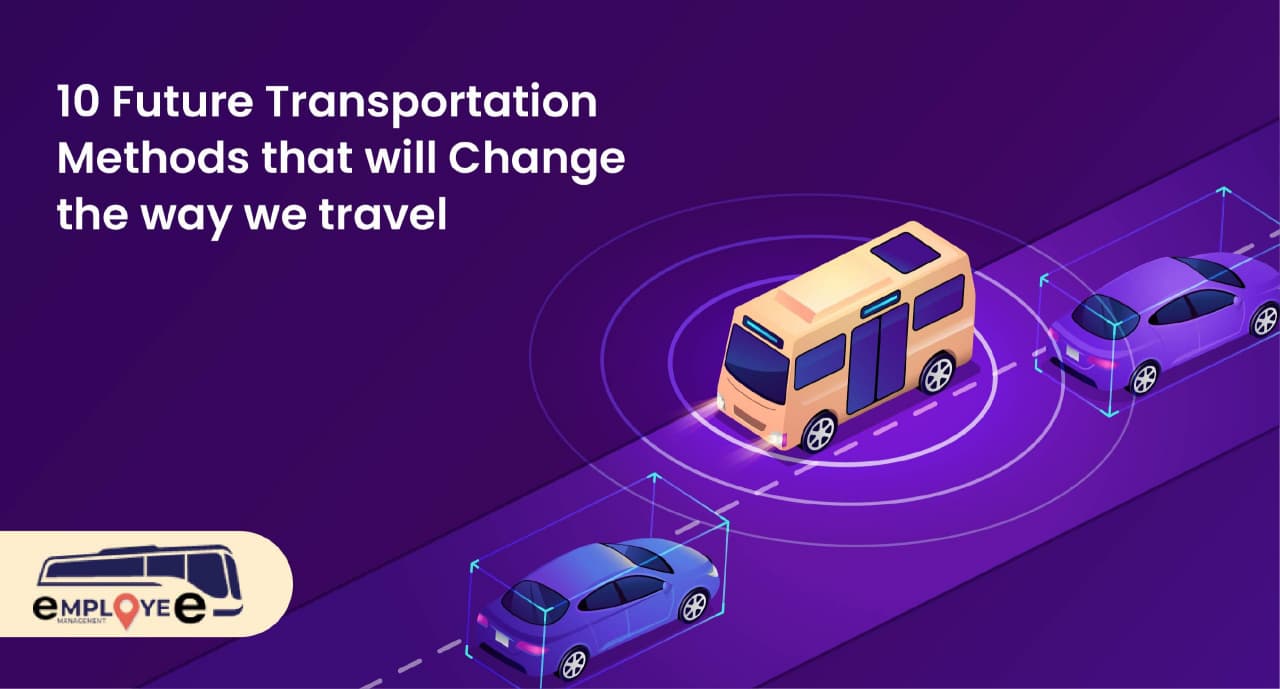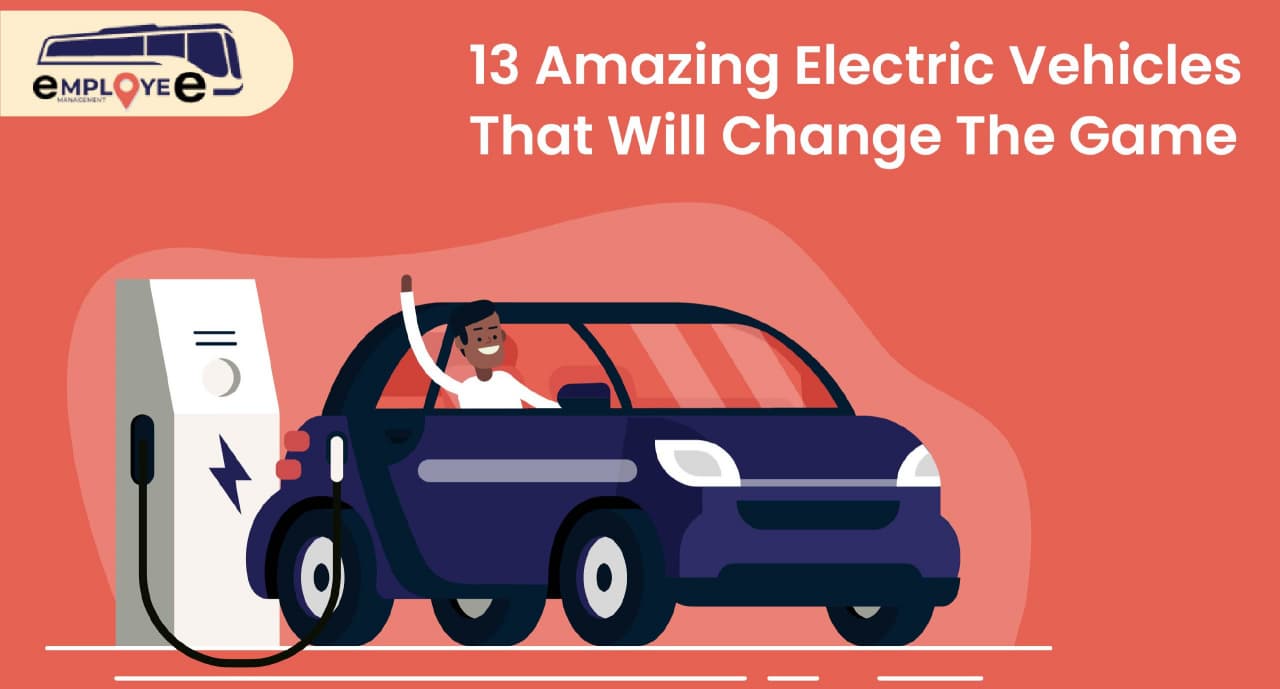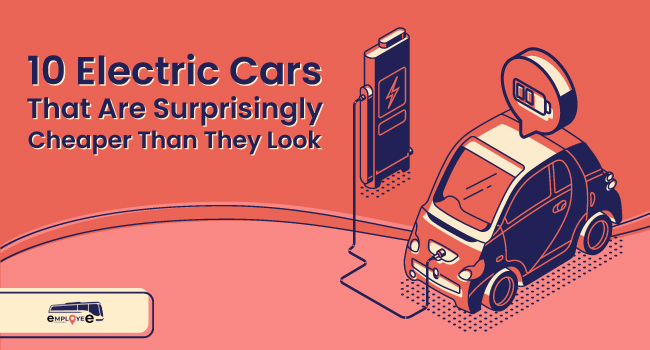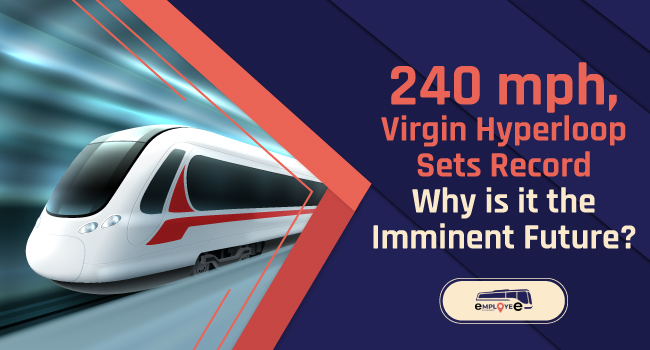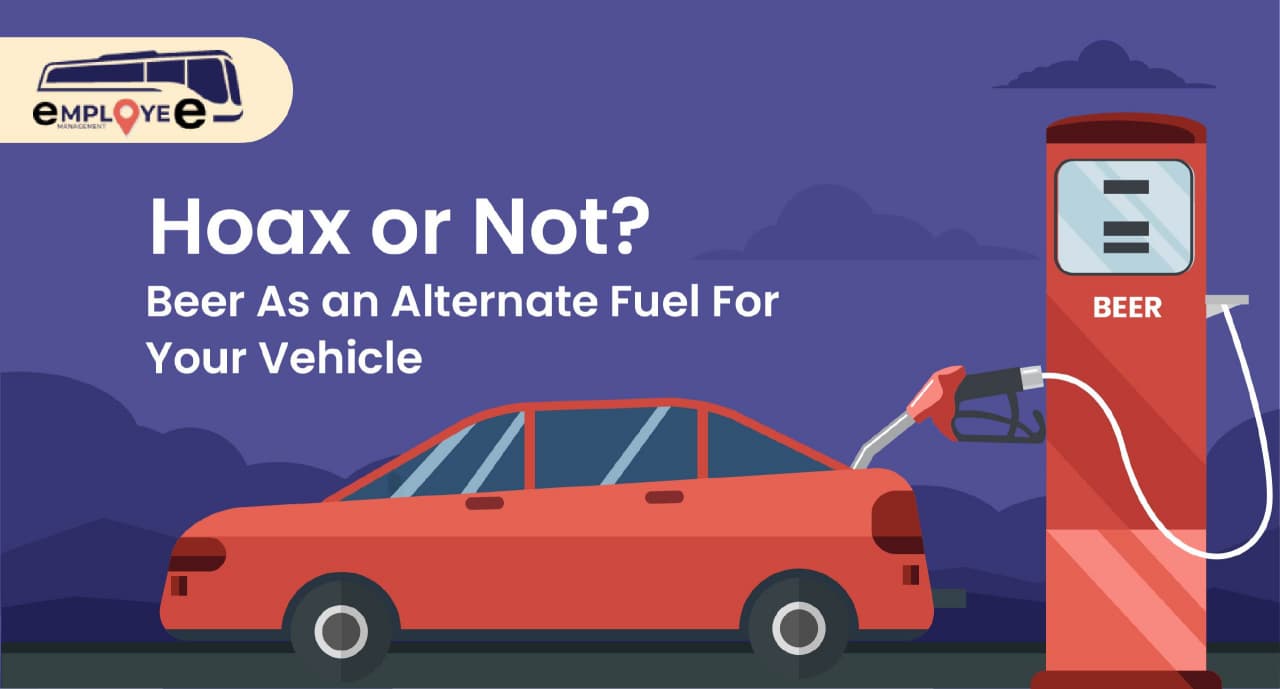Elon Musk has become an iconic figure for tech enthusiasts all over the world. His celebrated persona has become equal to that of Steve Jobs. Lately, he broke the internet when he put forward the idea of connected cities with a lightning speed hyperloop transportation system.
However, it seems that his ex-employee has beaten him fair and square by starting the construction of a remarkable high-speed Transportation System.
A new company called Arrivo founded by Brogan BamBrogan is behind the latest tech innovation. Brogan was a former SpaceX engineer founded by Elon Musk.
Described as ‘Super Regional Network’ Brogan revealed to Fortune.com that,
What we’re focused on is connecting regions to themselves,” It’s the main doctrine of Arrivo’s take on the Hyperloop: a “super regional network” that focus on cities and their surrounding suburbs rather than long-distance journeys championed by companies like Virgin Hyperloop One, still the only hyperloop startup to build an operational test track.
Arrivo along with the Colorado Department of Transportation and E-470 Public Highway Authority is planning to construct this revolutionary transport system along the eastern perimeter of Colorado City USA.
Read Also: “13 Amazing Electric Vehicles That Will Change The Game”
Arrivo team comprises of five former employees of Virgin Hyperloop one and two from the SpaceX and AECOM program.
The working principle of Arrivo’s transportation system is quite simple yet innovative. The jaw-dropping speed of 200mph is attained by loading freight to a platform which levitates on a magnet. In short, it uses the Hyperloop technology.
Arrivo uses a vacuum sealed electromagnetic highway as their medium of transport.
Arrivo, the company based in Los Angeles has said that construction of the Hyperloop will start by 2019 and will be open to the public by 2021.
The first commercial use of the system will be from the Denver International Airport to the Aurora Commerce Center. Arrivo said that installation of the Hyperloop will reduce rush hour travel time from Denver Airport to downtown from 55 min to 9 min.
The proposed Arrivo transportation network is said to have 3 main types.
- One with autonomous lanes
- Second one intended for freight transport
- The third will be a super metro.
Colorado has a population explosion since 1970. The rise was an alarming 145% and is expected to be at the brink of crisis by 2035. It is expected that Arrivo’s new hyperloop transportation system will be a relief to the people who are tormented by daily traffic.
The biggest hurdle in front of the company now is the budget itself. The hyperloop comes with a tag of $24 Billion which is insanely huge considering Colorado is a state. However, there are multiple investors in the project who are positive about the outcome.
Conclusion
The Hyperloop transportation system from Arrivo will end the traffic congestion of Denver once and for all in the future. No doubt in that. Another aspect is the job opportunities it can provide. According to news reports Arrivo has guaranteed that it can provide jobs to more than 200 people by the end of 2020.

